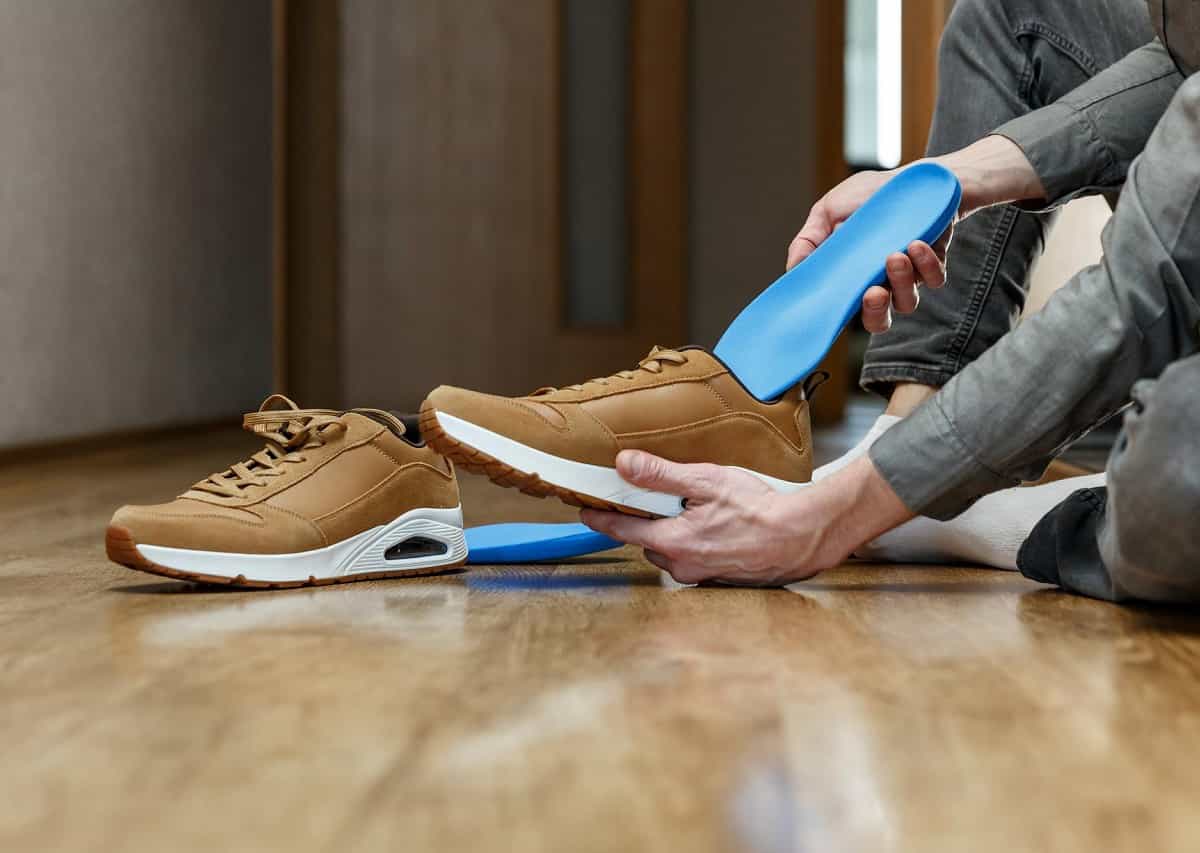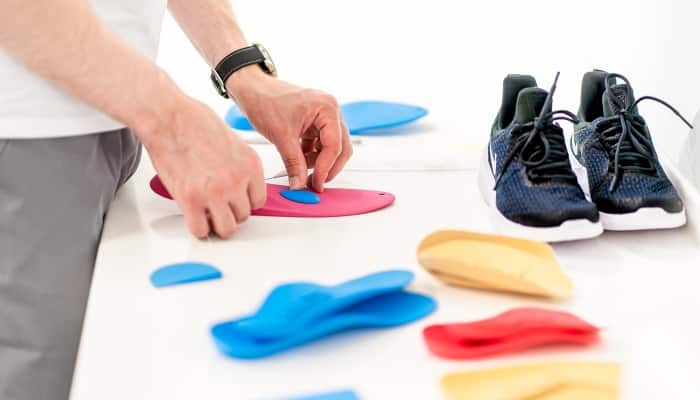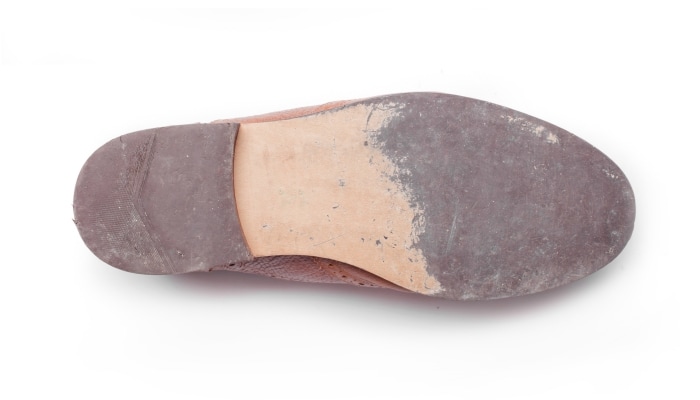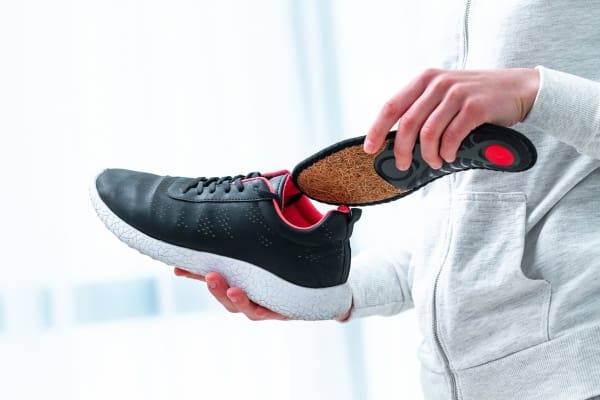
How Long Do Orthotics Last and When to Replace Them
Custom Orthotics are a tool we use a lot at The Lower Limb Clinic. They play a pivotal role in many of our orthotic therapy treatment plans for lower limb conditions from plantar fasciitis to flat feet. They’re great for managing foot and ankle pain, realigning your foot mechanics, and basically allowing your body to heal.
One of the most common questions we get asked is, “How long do orthotics last?”. Well, like a lot of things, it depends.
Average Lifespan of Orthotics
On average, orthotics can last anywhere from one to five years. This range varies widely depending on the material, frequency of use, the user’s foot type and activity level. Custom-made orthotics usually last longer – about two to five years. Off-the-shelf orthotics, like insoles, might need to be replaced every six months to a year.
Let’s look at what affects their life span and how to know when to get new ones.
Factors Influencing the Lifespan of Orthotics

Materials Used
How long your orthotics last and how well they work depends a lot on what they’re made of and how they’re designed. Different materials can make them more durable and/or comfortable. The design needs to fit just right and give the support your feet need.
Durable materials like hard plastics – eg. polypropylene and copolymer polypropylene – are really tough and can take a beating. They can handle the day-in and day-out wear and tear, which helps your orthotics last longer.
Softer materials like polyethylene and EVA foam won’t last as long but are necessary for comfort and to provide support in the right areas for foot health. If every material in your orthotic is hard plastic it might cause more foot pain than without!
So it’s about finding a balance between durability, comfort, and support for your specific feet and conditions. This is why we always recommend custom orthotics vs. over-the-counter orthotics.
Not only can we design them to last much longer while providing the support for your feet to get better, but we use higher-quality materials too!
Usage Patterns
The frequency and manner of orthotic use play a significant role. Wearing orthotics daily, especially in conditions that exert more pressure on the feet, can accelerate wear. Playing high-impact sports or vigorous activities can wear orthotics out more quickly.
Body weight plays a role as well. A higher body weight places greater strain on orthotics, which can lead to a reduction in their structural integrity over time.
Additionally, your orthotics’ lifespan can be influenced by medical changes such as surgeries or injuries. These can alter your body’s biomechanical needs, affecting your balance and stability. As a result, your orthotics may require adjustments or even replacement to continue providing the correct support.
Footwear Compatibility
Properly fitting shoes ensure orthotics aren’t squeezed out of shape or moved around too much. They also provide a stable base, which helps orthotics work better and last longer. The right shoes also mean less wear and tear on the orthotics and more comfort for you. Plus, they prevent foot problems that can happen with bad-fitting shoes. So make sure your shoes are fit for the job!
Maintenance and Care
Regular maintenance ensures that the materials of the orthotics don’t deteriorate prematurely. This includes cleaning them according to manufacturer guidelines, protecting them from extreme temperatures or moisture, and storing them properly when not in use.
Signs Your Orthotics Need Replacing

Visible Wear and Tear: Check for obvious signs like cracks, thinning, or flattening of the material. Uneven wear may indicate improper feet alignment or uneven weight distribution – common with store bought orthotics. If the orthotic no longer maintains its original shape, or is so worn that it becomes uncomfortable, it’s time for a replacement.
Discomfort or Pain: If you start experiencing pain or the same symptoms that led you to get orthotics in the first place, it could be a sign they’re wearing out.
Altered Fit: If the orthotics no longer fit well in your shoes, or if they shift position frequently, it could mean they’ve lost their original shape.
Changes in Walking or Running Pattern: Pay attention to any changes in your gait. A change in gate could mean your body is trying to compensate for a drop in support – which can lead to your condition worsening. This is another sign that your orthotics need replacing or adjusting.
Tips for Prolonging Orthotic Lifespan

To extend the life of your orthotics, consider the following tips:
Regular Cleaning: Follow the manufacturer’s instructions for cleaning your orthotics. This often involves wiping them down with a damp cloth and mild soap, and then letting them air dry.
Avoid Moisture: Keep your orthotics dry. If they get wet, dry them out promptly. Moisture can break down the materials over time.
Proper Storage: When not in use, store your orthotics in a cool, dry place away from direct sunlight or heat sources, as extreme temperatures can warp or damage them.
Alternate Use: If possible, have a second pair to rotate between, reducing wear and tear on each pair.
Follow Usage Guidelines: Use your orthotics as recommended by your healthcare provider. Avoid using them in situations they’re not designed for, like high-impact sports, unless they are specifically made for that purpose.
Use Appropriate Footwear: Ensure your shoes are well-fitting and suitable for your orthotics. Inappropriate footwear can cause unnecessary stress and wear.
Handle With Care: Be gentle when inserting and removing orthotics from your shoes to avoid bending or breaking them.
Consult Your Podiatrist: Regular check-ups can help assess the condition of your orthotics and determine if adjustments or replacements are needed.
When In Doubt, Consult Your Local Podiatrist
If you’re experiencing discomfort or changes in your walking/running gate, or you think it’s time to get new orthotics or replace your current orthotics, it’s best to consult your local podiatrist.
Melbourne’s Leaders in Custom Orthotic Treatment
If you’re located in South-East Melbourne, book yourself in for an appointment at The Lower Limb Clinic here. Or call us on (03) 9532 7455. And if you have any questions, let us know via our contact form!
